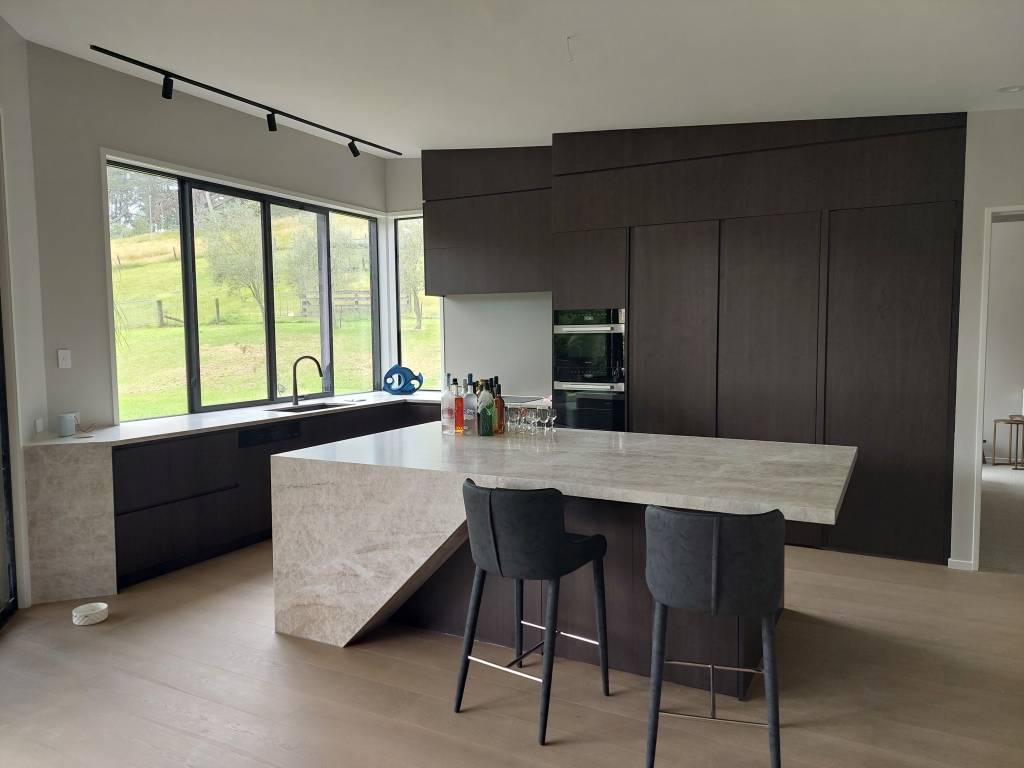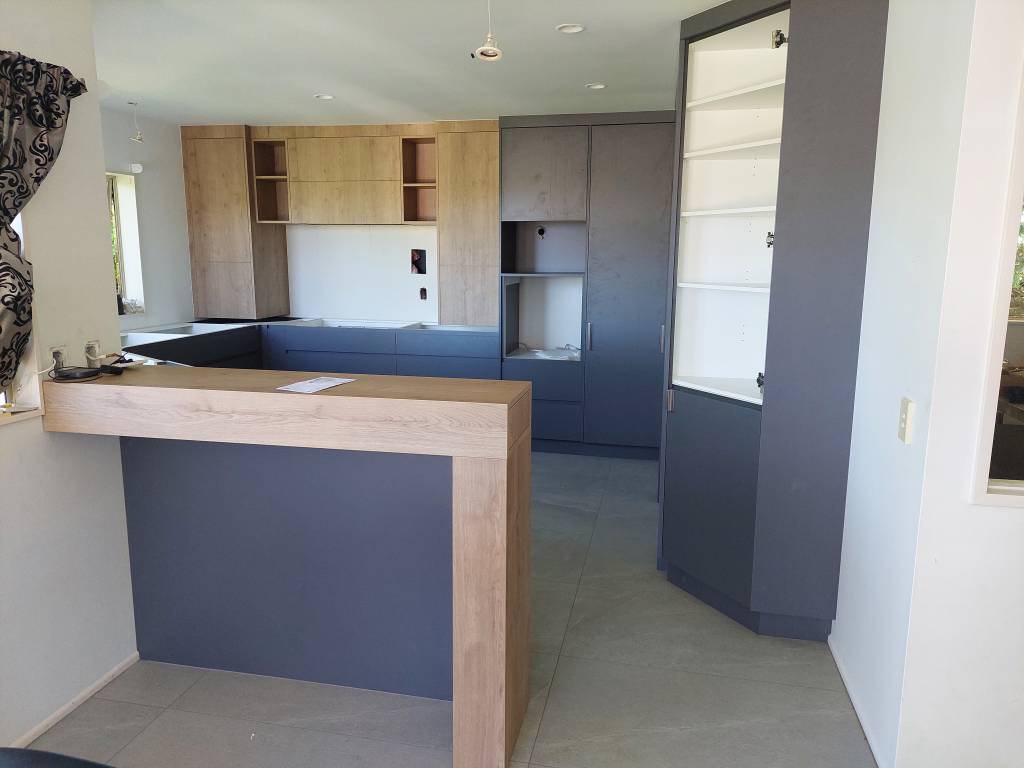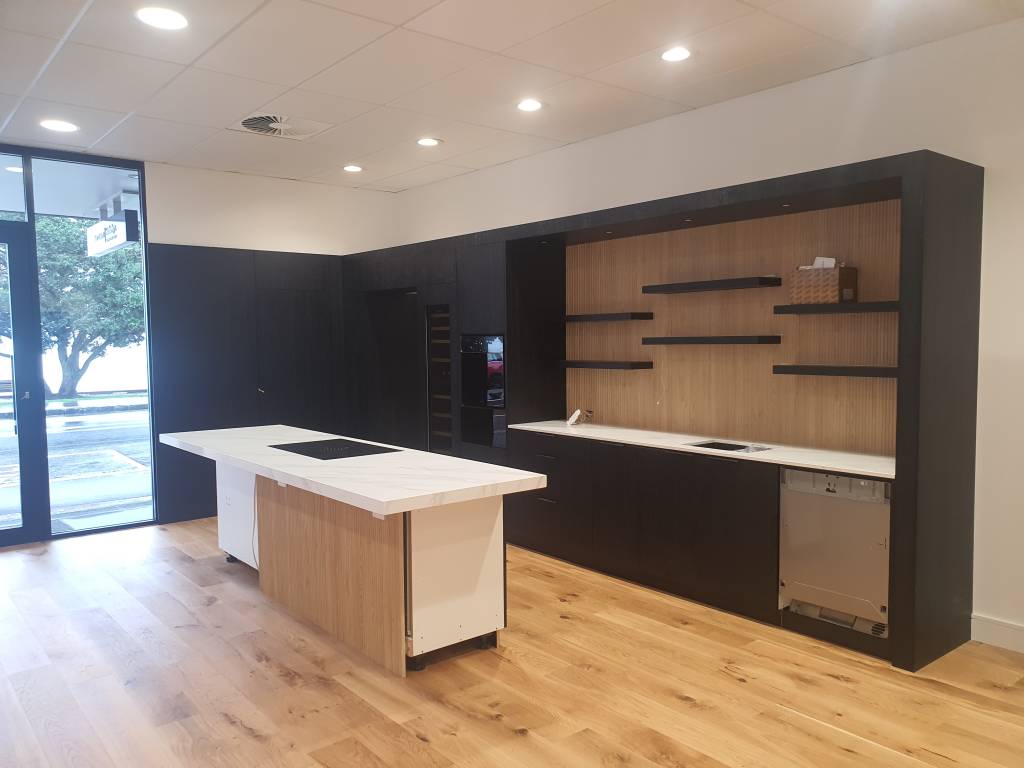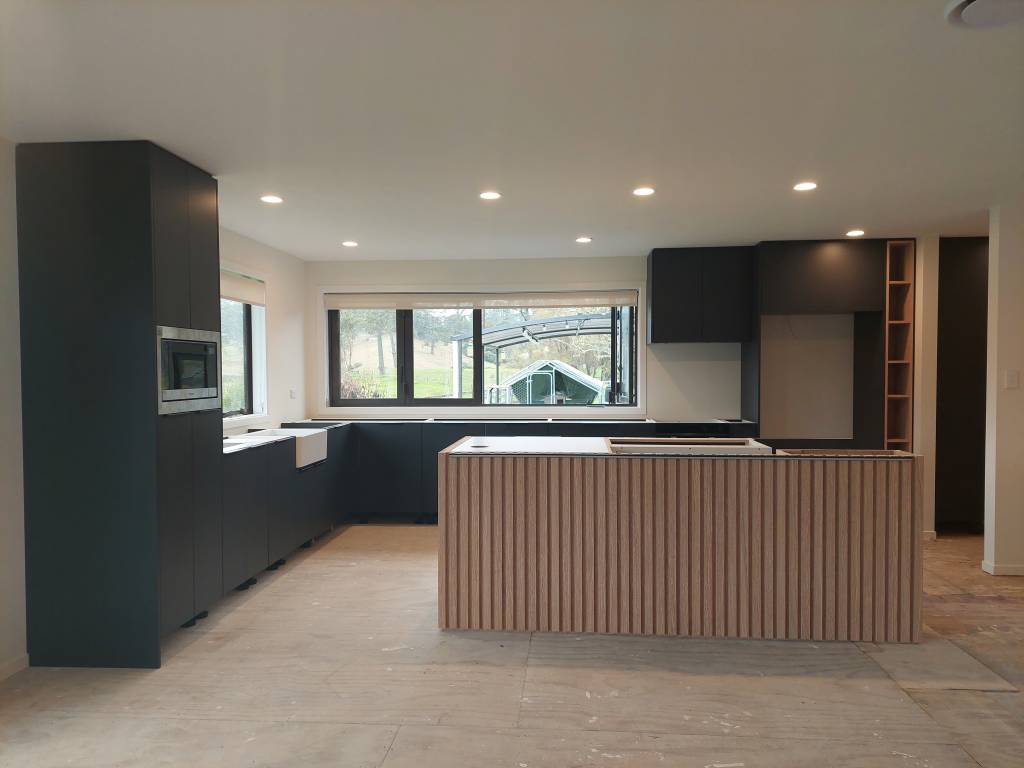9 Tips To Pull Off a Two-Tone Kitchen
Bored with the vanilla all-white kitchens? Ready to try something bold? Two-tone kitchens are a trend that just won’t quit. The mix of light and dark has always felt stylish, and while other looks fade away, this one always circles back. With the right colour choices, dual-tone cabinets can make your kitchen feel more stylish and balanced. Here are 9 ideas to get you started.
1. Use Dark Shades As The Feature
A darker tone on the lower cabinets of one wall creates an instant focal point. In galley kitchens, this trick makes the room feel grounded while still allowing you to bring lighter shades into the rest of the design.
2. Think Beyond Black And White
The classic tuxedo kitchen, with black bottoms and white uppers, might be where it all began, but it’s far from your only option. Greys paired with whites are timeless, navy and cream feel sophisticated, and matte black paired with warm wood-look makes for a wonderful contrast. Don’t be afraid to play with unexpected colour combinations.
3. Skip The Dark Shades Altogether
If your main goal is to keep your kitchen feeling light and roomy, you don’t actually need a dark colour at all. A pale pastel paired with white can achieve the two-tone look while still bouncing light around. Soft sage, powder blue, or blush pink can work beautifully with crisp upper cabinetry, giving you contrast without closing the space in.
4. Coordinate All The Elements
Cabinet colours are just one piece of the puzzle. To make the design flow, you’ll want walls, backsplash, and hardware that sit in the same colour family. If your base cabinets lean warm, pair them with cream walls or brass handles. If they’re cooler tones, think silver hardware and cooler whites on the wall. These small touches tie the whole look together.
5. Let Hardware Unite The Look
Handles and knobs might feel like an afterthought, but in a two-tone kitchen, they are what hold the design together. Pick one consistent style across both cabinet colours so the space doesn’t feel mismatched. If you really want to push the look further, go bold with statement handles that pop against both shades.
6. Keep The Darker Colour Down Low
You might see some kitchens flip the scheme, with darker uppers and lighter lowers, but in small kitchens, that usually feels heavy. To keep the room bright and open, it’s safer to stick with dark cabinets at the bottom and light ones at the top. This combo reflects light where you need it most and avoids a boxed-in feeling.
7. Mix Materials And Finishes
Two-tone doesn’t just mean two colours; it can also mean two textures. A glossy finish on dark lower cabinets paired with a matte paint on lighter uppers creates instant contrast. You can also experiment with wood grain paired with painted cabinets for more depth and personality.
8. Pay Attention To Flooring
In a smaller kitchen, the floor takes up a lot of visual space, so don’t overlook it. Pale tiles or light timber can make the room feel bigger while balancing darker cabinets. On the other hand, a dark wood floor can create a bold backdrop that makes your lighter cabinetry stand out. It all depends on the effect you want.
9. Add Drama With Benchtops
Stone benchtops are still the favourite choice for many homeowners, not just because they last but because they help bring the two colours together. A marble with veins that echo your cabinet shades or a quartz that mixes both tones can complete the design. The benchtop becomes the bridge that unites the whole scheme.
Talk to our kitchen designers to help make your vision come to life.



